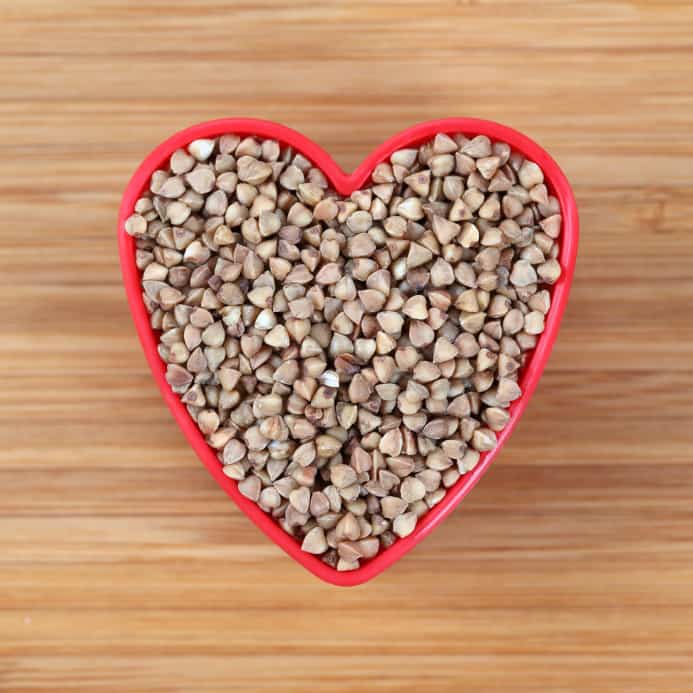What do fruit, onions, buckwheat, and tea have in common? The answer is rutin, part of the vitamin P group of the vitamin C complex. Rutin is also a compound at the heart of a startling discovery. As outlined in this article in Harvard Magazine, researchers found that rutin contains “potent anticlotting powers that could help prevent heart attack and stroke.”
Here at Selene River Press, this is what we call a head-banger. Meaning that we bang our heads against the wall every time researchers “discover” yet another fact that was unearthed, written about, and published decades ago—and that’s been right here all along in the SRP Historical Archives.
Yet it seems that this decades-old discovery came as a bit of a shock to the researchers. In the words of the study’s senior author, associate professor of medicine Robert Flaumenhaft, “It was very surprising, and we still don’t understand exactly why it is so potent.”
Perhaps Dr. Royal Lee could break it down for him with a note from the Archives. On the significance of rutin in buckwheat, Lee wrote: “It is not too much of a coincidence, then, to find that today the juice of the plant [rutin] is found to be a valuable source of the vitamin C component that is important in stopping capillary hemorrhages, and that the buckwheat meal is now known to be a source of a fraction (as is rice and barley) that is very useful in increasing tissue permeability and thereby lowering blood pressure.”
Those words were first published in 1948, by the way. Lee was obviously well ahead of his time when he identified rutin-packed buckwheat as a nutritional heavyweight. Yet despite its name, buckwheat is not a type of wheat, grain, or cereal—which makes it completely gluten-free. It can still be cross-contaminated with wheat during production, so those who experience gluten sensitivity or suffer from celiac disease should always make sure their buckwheat has been certified gluten-free. However, before you decide to banish gluten from your diet—as more and more of us are doing—check out the whole story in Stephanie Anderson’s “Gluten Is Not the Demon in Your Gut.”
Beyond the gluten issue, the culinary possibilities for buckwheat are as boundless as your imagination. It can be used to make everything from pasta to pancakes to party foods like Briana Nervig’s earthy, elegant Buckwheat Blini. And if you happen to enjoy the occasional (or not so occasional) cookie, adding a handful of raw buckwheat groats to the batter can give them a hefty nutritional boost as well as a complex, nutty flavor.
Whether you want to lower your blood pressure, improve your general health, eat gluten- free, or put a new spin on your pancakes, you can’t do better than rutin-packed buckwheat.
Photo from iStock/Ekaterina Minaeva



I’m learning so much lately. Love it!
Just took Standard Process seminar in Atlanta with Lowell Keppell, DC. Totally enjoyed Lowell and the information he gave us to use our offices. I am trying to find the posters of “Foundation Evaluation of the Spine” to order for my office.